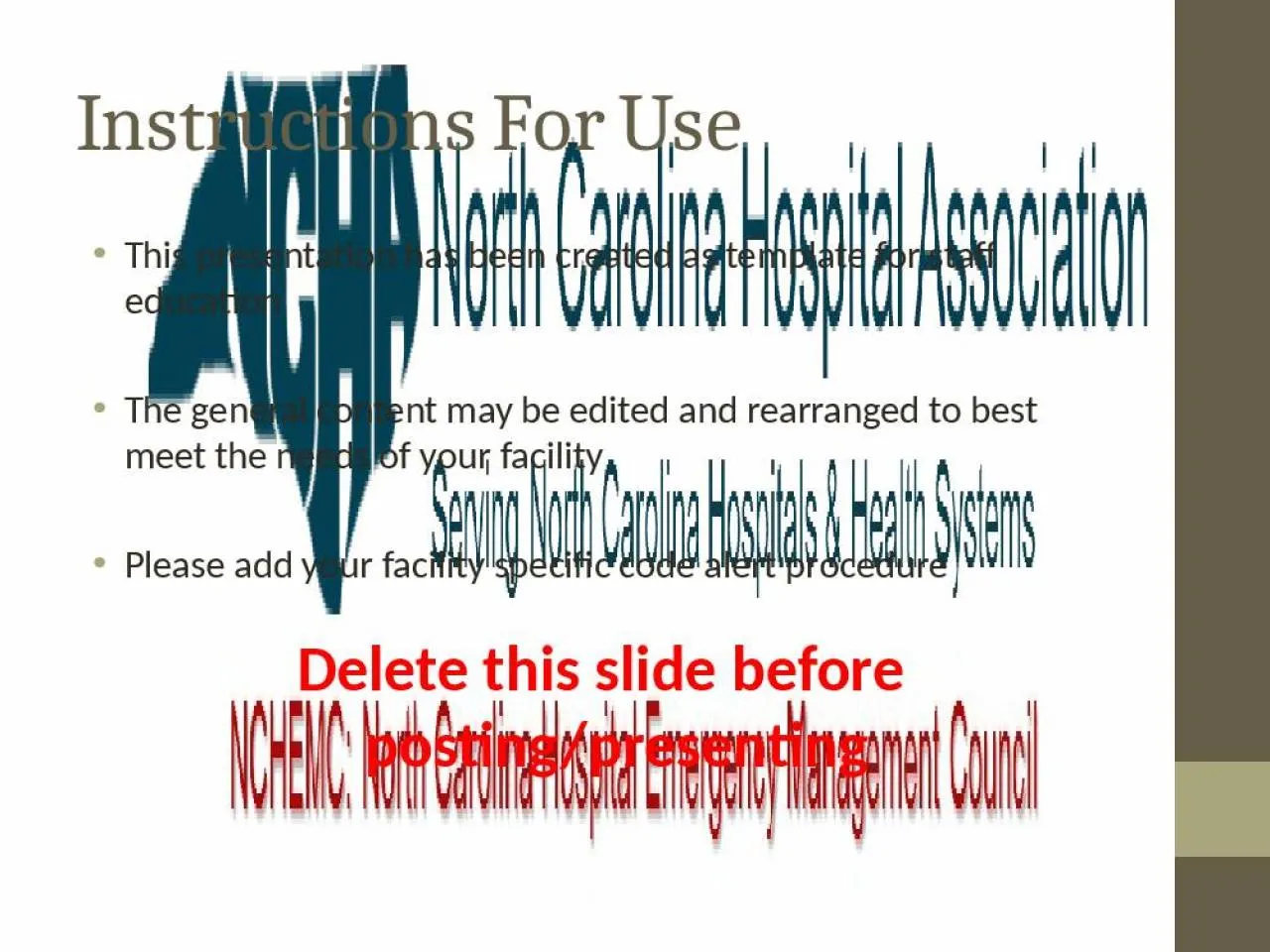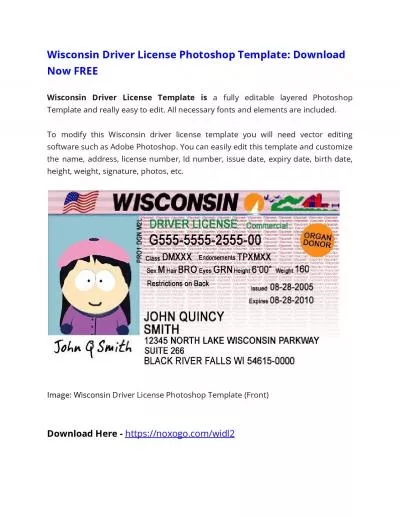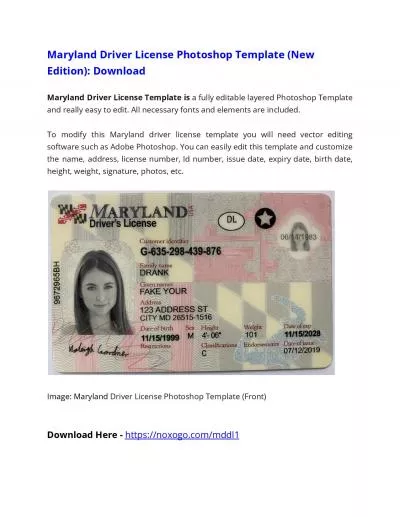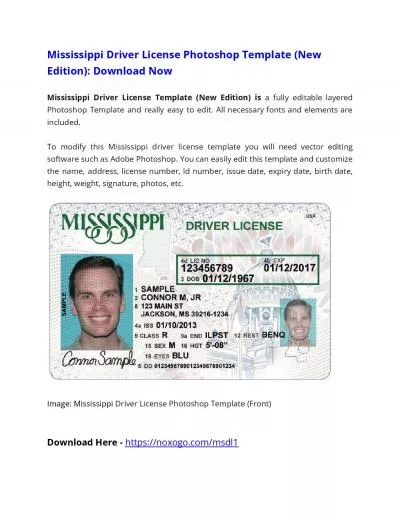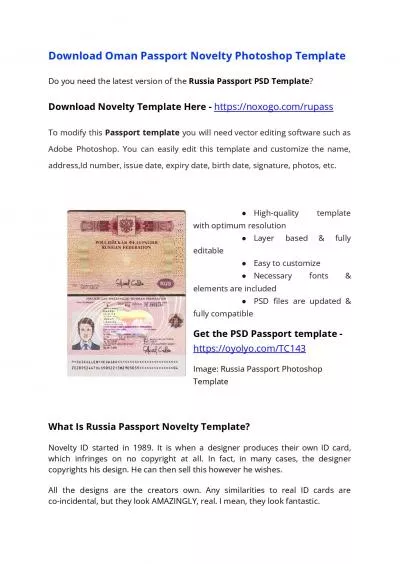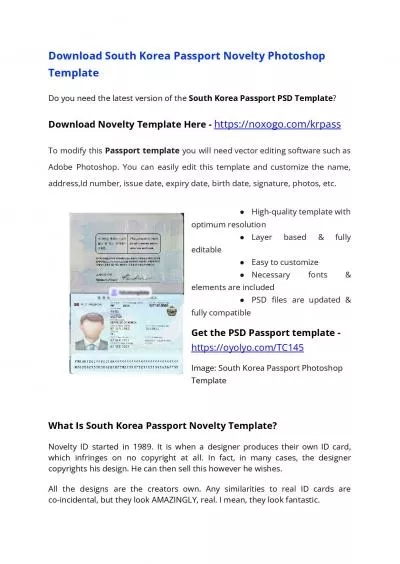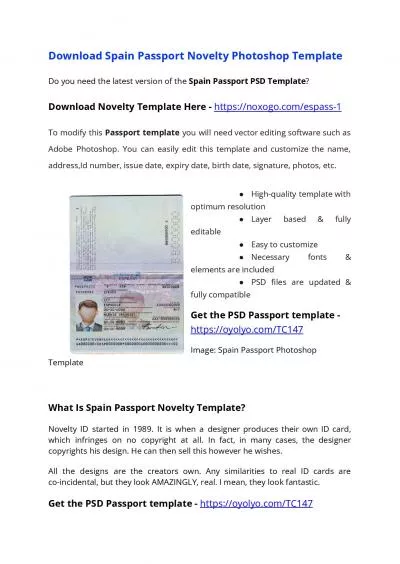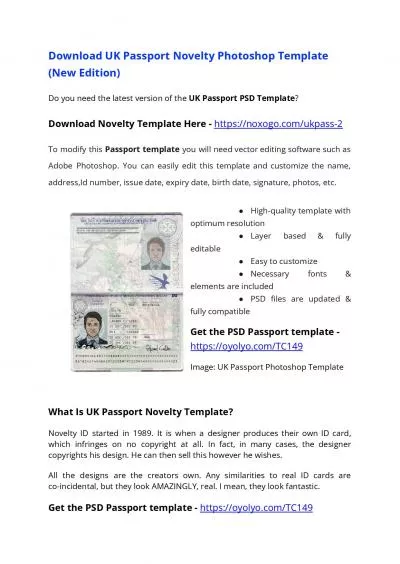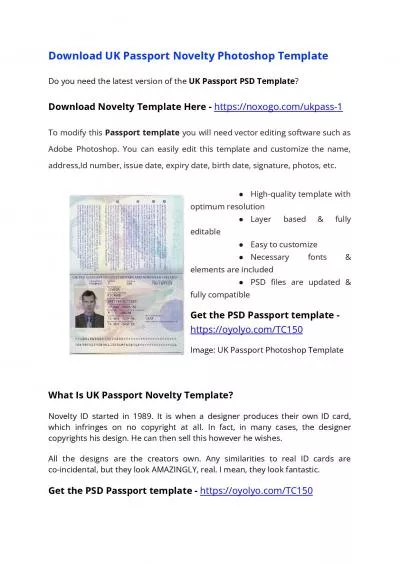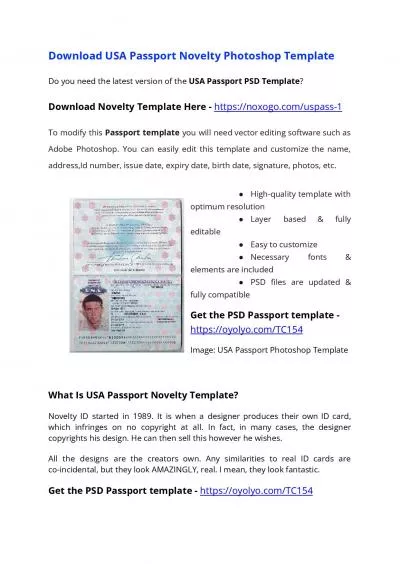PPT-Instructions For Use This presentation has been created as template for staff education
Author : fiona | Published Date : 2022-05-14
The general content may be edited and rearranged to best meet the needs of your facility Please add your facility specific code alert procedure Delete this slide
Presentation Embed Code
Download Presentation
Download Presentation The PPT/PDF document "Instructions For Use This presentation h..." is the property of its rightful owner. Permission is granted to download and print the materials on this website for personal, non-commercial use only, and to display it on your personal computer provided you do not modify the materials and that you retain all copyright notices contained in the materials. By downloading content from our website, you accept the terms of this agreement.
Instructions For Use This presentation has been created as template for staff education: Transcript
Download Rules Of Document
"Instructions For Use This presentation has been created as template for staff education"The content belongs to its owner. You may download and print it for personal use, without modification, and keep all copyright notices. By downloading, you agree to these terms.
Related Documents

